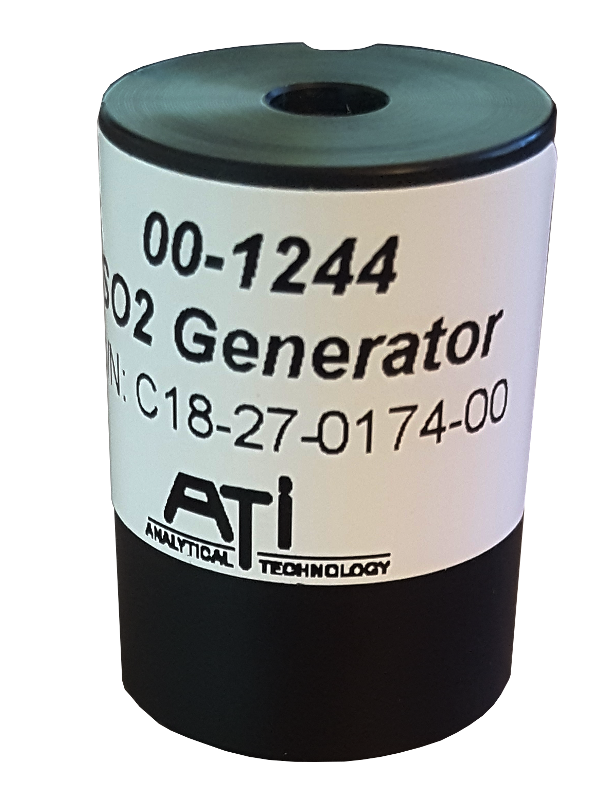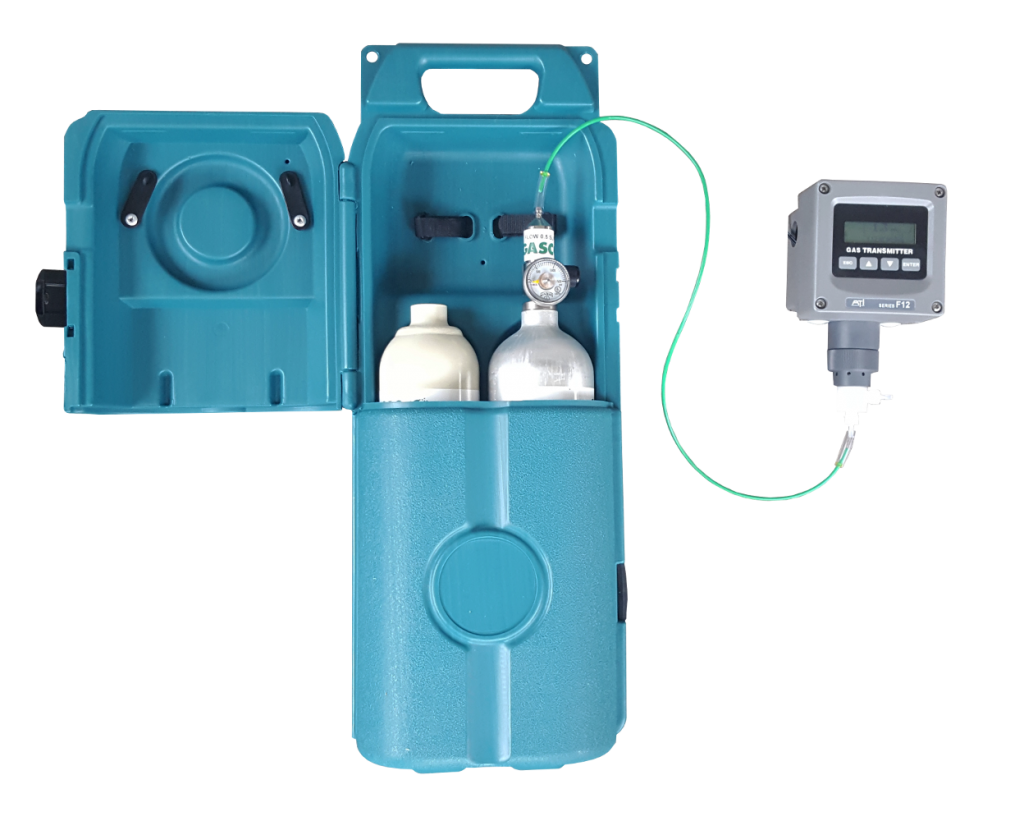Chloride, often referred to as the chloride ion (Cl-), is a versatile chemical compound that plays a crucial role in various industries and in our daily lives. It is one of the most common inorganic anions found in water and wastewater, and its applications span from the production of salts to its involvement in chemical intermediates and water treatment processes. In this blog post, we will explore the many facets of chloride, including its chemical properties, industry uses, potential health risks, and regulations governing its presence in various environments.
Chemical Characteristics of Chloride
Chloride is an anion derived from the element chlorine. It carries a single negative charge (Cl-) and is a component of numerous salts. Its chemical formula is Cl-, and its CAS number is 16887-00-6. Chloride ions can combine with various cations, forming different compounds with distinct properties and applications.
Industry Uses of Chloride
- Salts: Chloride is a fundamental component of salts, which have a myriad of applications, from flavoring our food (as table salt) to de-icing roads in the winter.
- Chemical Intermediate: Chloride is used as a chemical intermediate in various chemical reactions, leading to the production of a wide range of compounds.
- Water Treatment: Chloride plays a crucial role in water treatment processes, especially in desalination, where chloride salts are removed to make seawater potable.
Health Risks Associated with Chloride
Chloride itself is generally considered safe for human health when consumed as part of table salt (sodium chloride). However, the health risks associated with chloride can vary depending on the other ions present in the compound. For instance:
- Sodium Chloride (Table Salt): Harmless and widely used as a seasoning.
- Calcium, Magnesium, and Potassium Chlorides: These compounds have various applications, including medical treatments, de-icing, and cement formation, and their safety profiles differ.
- Hydrogen Chloride: Extremely dangerous and even toxic when encountered in high concentrations.
Direct skin contact with chloride can lead to allergic skin reactions, although this is not common.
Regulations and Standards
The Environmental Protection Agency (EPA) sets standards for chloride levels in water. The most recent secondary standard for chloride is 250 mg/L. Compliance with these standards ensures that water remains safe for consumption and other uses.
Measuring Chloride
The concentration of chloride in water can be measured in units of parts per million (ppm). Various testing kits are available to determine chloride levels in different ranges, from 20-200 ppm to 10,000-100,000 ppm.
All our Chloride Kits can be found here: https://www.gas-sensing.com/support/gas-information/chloride.html
Calibration and Maintenance
Regular calibration of chloride measurement instruments is essential to ensure accurate and reliable results. All sensors require yearly calibration to maintain accuracy and meet manufacturer standards. Calibration services are available to meet these requirements, with associated costs that may vary based on labor and parts needed.
Conclusion
Chloride is a versatile chemical compound with a wide range of applications in industry and daily life. While it is generally safe for human health when used responsibly, understanding its presence and measuring its concentration in water is crucial to ensure compliance with safety standards and regulations. By maintaining appropriate calibration and following industry best practices, we can harness the benefits of chloride while minimizing any potential risks to both our health and the environment.


